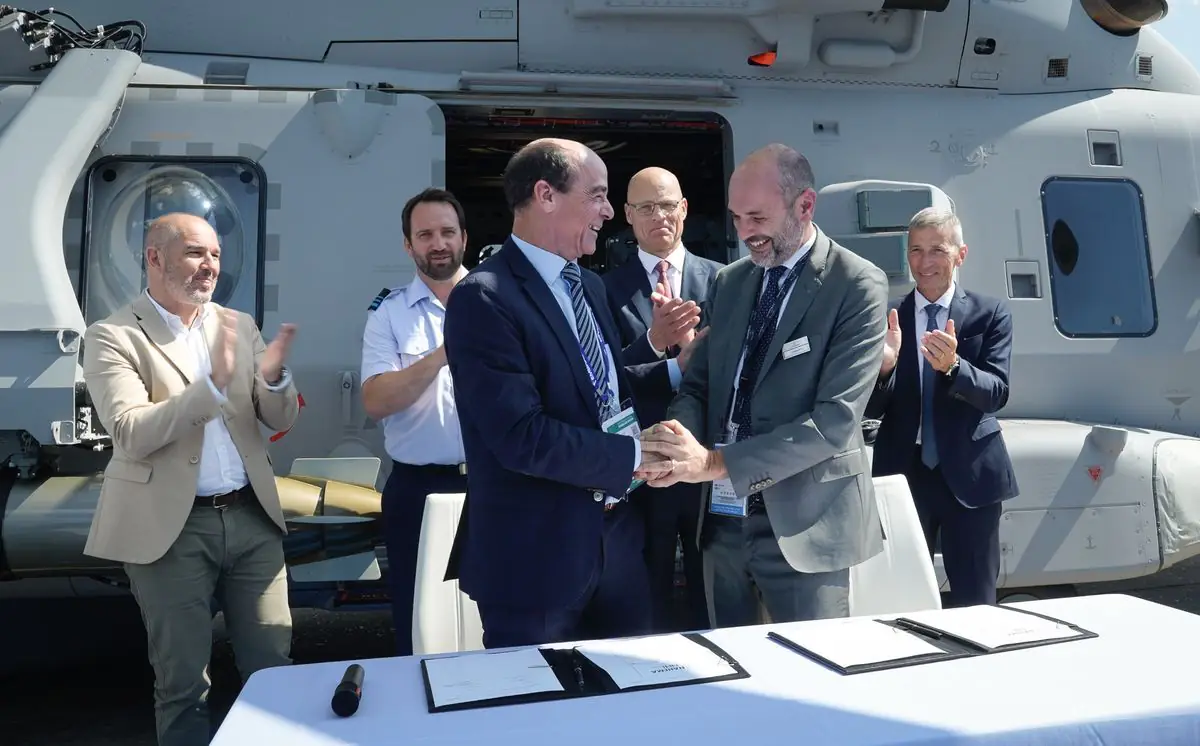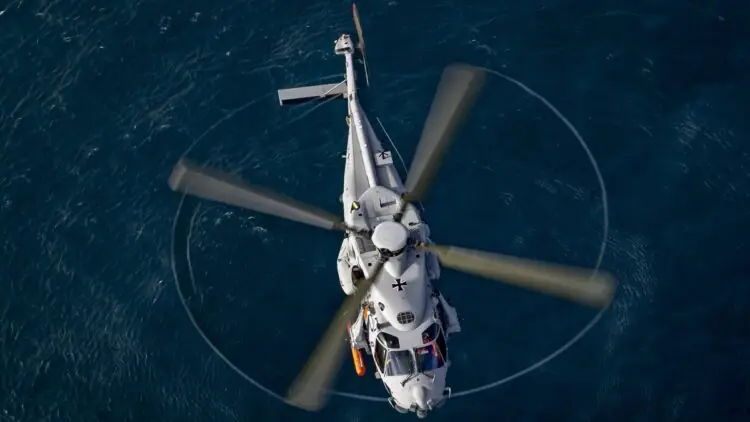Teams from Airbus and Leonardo have joined forces to explore the potential upgrade of the NH90 helicopter to the Block 2 version. The Block 2 update aims to enhance the multirole NH90 with a new modular avionics suite, improved performance, and integrated network-centric capabilities. Once upgraded, the helicopter will be capable of operating alongside both crewed and uncrewed aerial systems. Final technical specifications will be confirmed after the architecture study is completed and operators have provided feedback on the proposed upgrades.
“Several studies are currently underway at NATO, EU, and national levels to assess the future of military helicopters,” said Bruno Even, CEO of Airbus Helicopters. “Together with Leonardo, we believe the NH90 will play a central role in Europe’s future defense capabilities. The NH90 Block 2 upgrade will build on technologies being explored as part of the Next Generation Rotorcraft Technologies study, which we’re jointly conducting with Leonardo.”

By 2027, NH90 operators are expected to receive the results of the ongoing study, with the Block 2 upgrade potentially extending the helicopter’s service life at least through 2050. In the meantime, the ongoing Block 1 update is intended to maintain the NH90’s operational effectiveness until Block 2 is ready.
The first production NH90 was delivered to the German Army in 2006, following more than a decade of development. Similar to the AW101 Merlin, the NH90 comes in two primary variants: a multirole configuration for battlefield transport and logistics, and a naval version capable of anti-submarine warfare and maritime support. Both variants are powered by either Rolls-Royce Turbomeca RTM322 or General Electric CT7-8E engines. As part of the Block 2 upgrade, engine enhancements or replacements are also being considered.

“Block 2 is not an open bar, it’s not a buffet,” said Axel Aloccio, President of the NHIndustries consortium, emphasizing that aircraft operators need to keep their demands reasonable. “We’re telling our customers this: for Block 2 to succeed, it must remain affordable and manageable. If the cost of Block 2 ends up matching that of launching an entirely new program, then pursuing an upgrade makes little sense.”
Operators hope that the Block 2 upgrade will bring increased flight range and simplify maintenance. The NH90 has long struggled with low availability rates, largely due to spare parts shortages. Some countries, such as Australia, were so dissatisfied with the situation that they replaced their entire NH90 fleet with helicopters from competing manufacturers. Norway also terminated its NH90 contract and even sought a refund from NHIndustries. Despite these setbacks, 11 countries continue to operate the NH90. While orders from new customers have slowed, some existing users are still looking to expand their fleets.

Recently, NHIndustries announced an expansion of its support contracts for the NH90 platform. The updated agreement now includes Belgian NH90 helicopters, adds additional services for the French Navy, and accounts for the German Sea Tiger variant. The new deal has an initial term of five years, with the option for two five-year extensions – allowing it to run for up to 15 years in total. In all, the agreement covers nearly 240 NH90 helicopters operated by Belgium, France, and Germany.
Source: theaviationist









